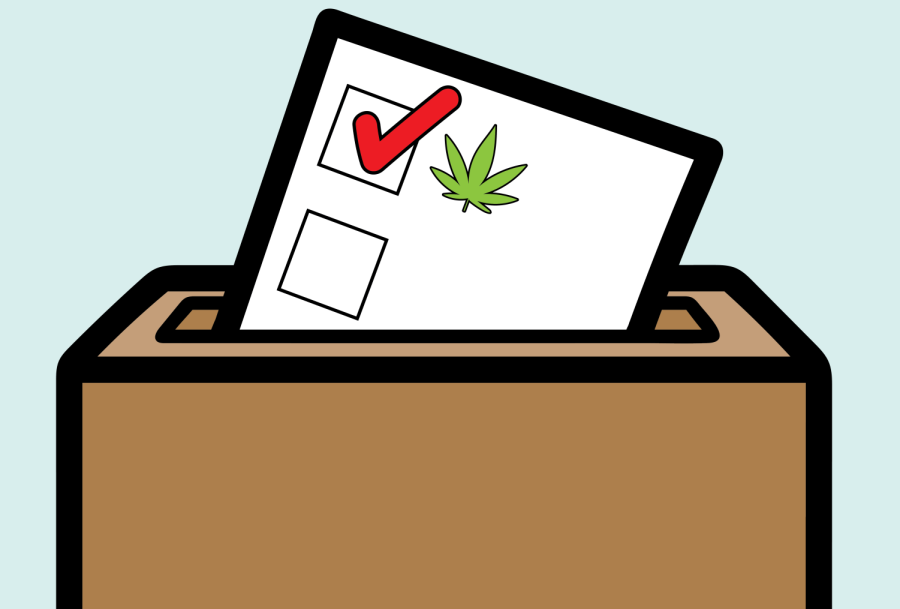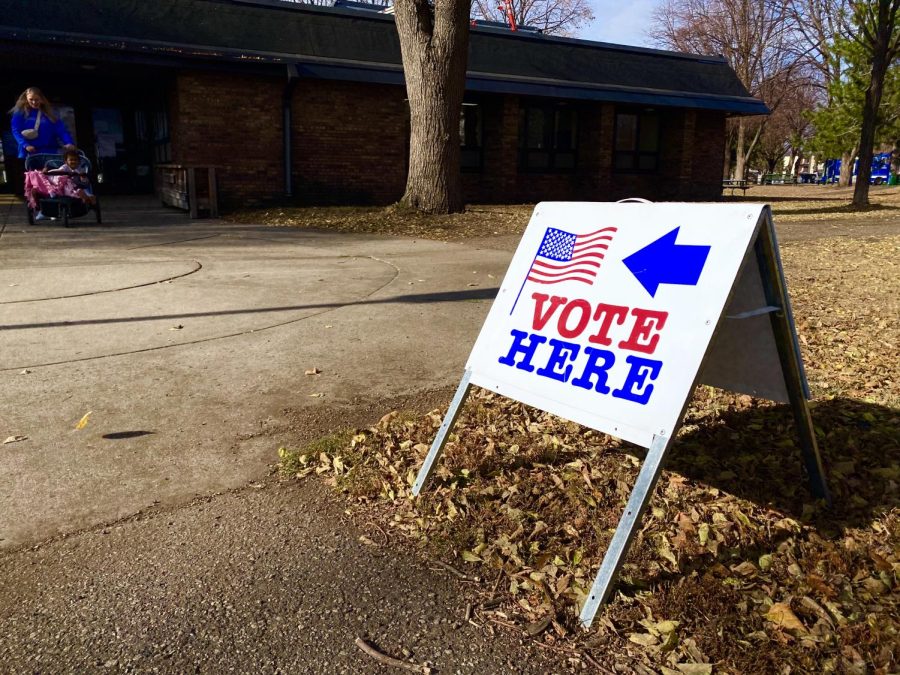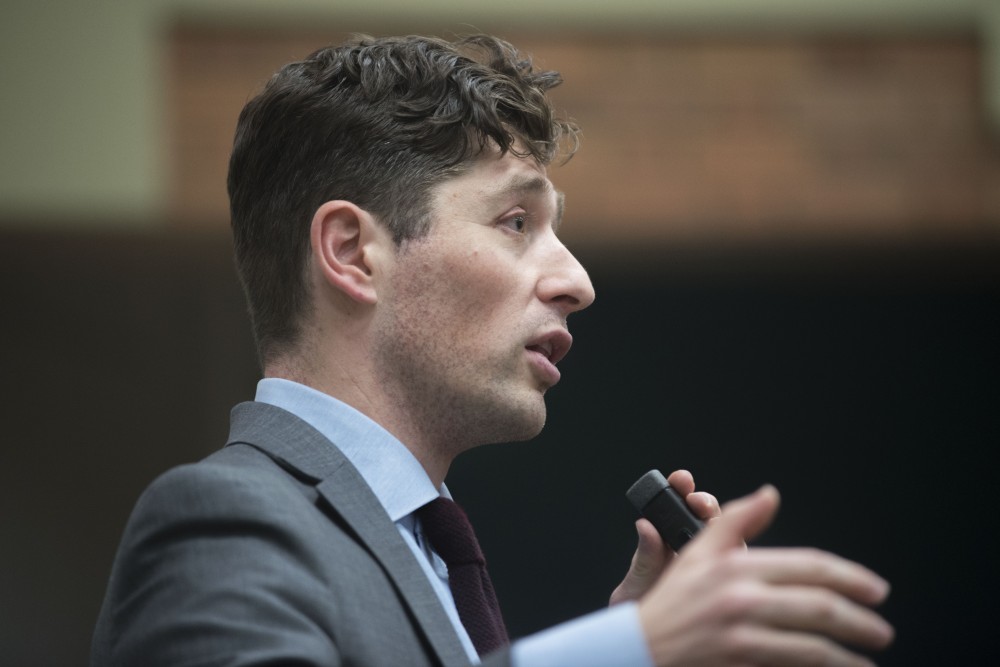WASHINGTON (AP) _ John McCain’s health plan would reduce the ranks of the uninsured by about 21.1 million people if fully put in place by 2010, while Barack Obama’s would reduce the number by 26.6 million, an analysis predicts. Some previous reviews of the presidential candidates’ health plans indicated that Republican McCain’s proposals would amount to little more than a wash when it comes to the number of uninsured, now at about 45 million. But The Lewin Group, a consulting firm, drew a more optimistic scenario about the overall number of people who would get health coverage under the Republican nominee’s plan. McCain’s plan was projected to cost more than $2 trillion from 2010 through 2019, while Obama’s would cost $1.17 trillion, according to the analysis released Wednesday. Neither candidate provides specifics on how to cover the total. McCain has proposed a tax credit of $2,500 for individuals or $5,000 for a family that buys health insurance. The credit would replace the tax break people now get for obtaining health coverage through their work. He also wants to let people shop across state lines when buying insurance; that would bypass states where insurance is more expensive and comprehensive. The Lewin Group agreed that many workers would lose their employer-sponsored health coverage under McCain’s plan. That is because some companies would discontinue coverage if most workers could use the tax credit to get coverage elsewhere. In all, about 16 million would lose coverage, the firm said. Some businesses would begin offering health insurance for the first time, partially offsetting those losses. In particular, companies with younger workers would benefit from McCain’s proposal to let them shop in other states, said John Sheils, the firm’s senior vice president. They would find that lower premiums made it possible to offer a health insurance benefit. Also, nearly 24 million people would use the tax credits McCain has proposed to buy coverage directly from insurers through the individual market. Kenneth Thorpe, a professor at Emory University who conducts similar analysis and advice for Democratic candidates’ health plans, said he disagreed with the firm’s estimate for McCain’s plan. More than half of the workers who would lose employer-sponsored coverage have a chronic health condition that would price them out of getting insurance in the individual market. “They pulled the same overestimates for Bush last time with a similar bill,” Thorpe said. About half the uninsured adults are age 19-34. They are the youngest and cheapest to cover, and the ones who generally would gain coverage under McCain’s proposal, Sheils said. “The people who are sick are going to have a lot of trouble affording coverage, even with the credit,” Sheils said. Sheils said Obama’s plan is friendlier to those with chronic health conditions. It will cover about half the uninsured with chronic conditions, such as diabetes. Meanwhile, McCain’s plan will cover about a quarter of the uninsured with a chronic condition. Obama’s plan would expand health insurance coverage through public programs such as Medicaid and the State Children’s Health Insurance Program. He requires all children to have health coverage. In all, about 16 million people would gain coverage through those programs. An additional 10 million would use government subsidies to buy insurance coverage. Neera Tanden, domestic policy director for the Obama campaign, disputed several aspects of the report. In particular, she said gains in coverage under Obama’s plan would come primarily from people using the tax credit to buy private insurance, not through the expansion of Medicaid and SCHIP.
Report: Both candidates increase health coverage
Published October 8, 2008
0
More to Discover






